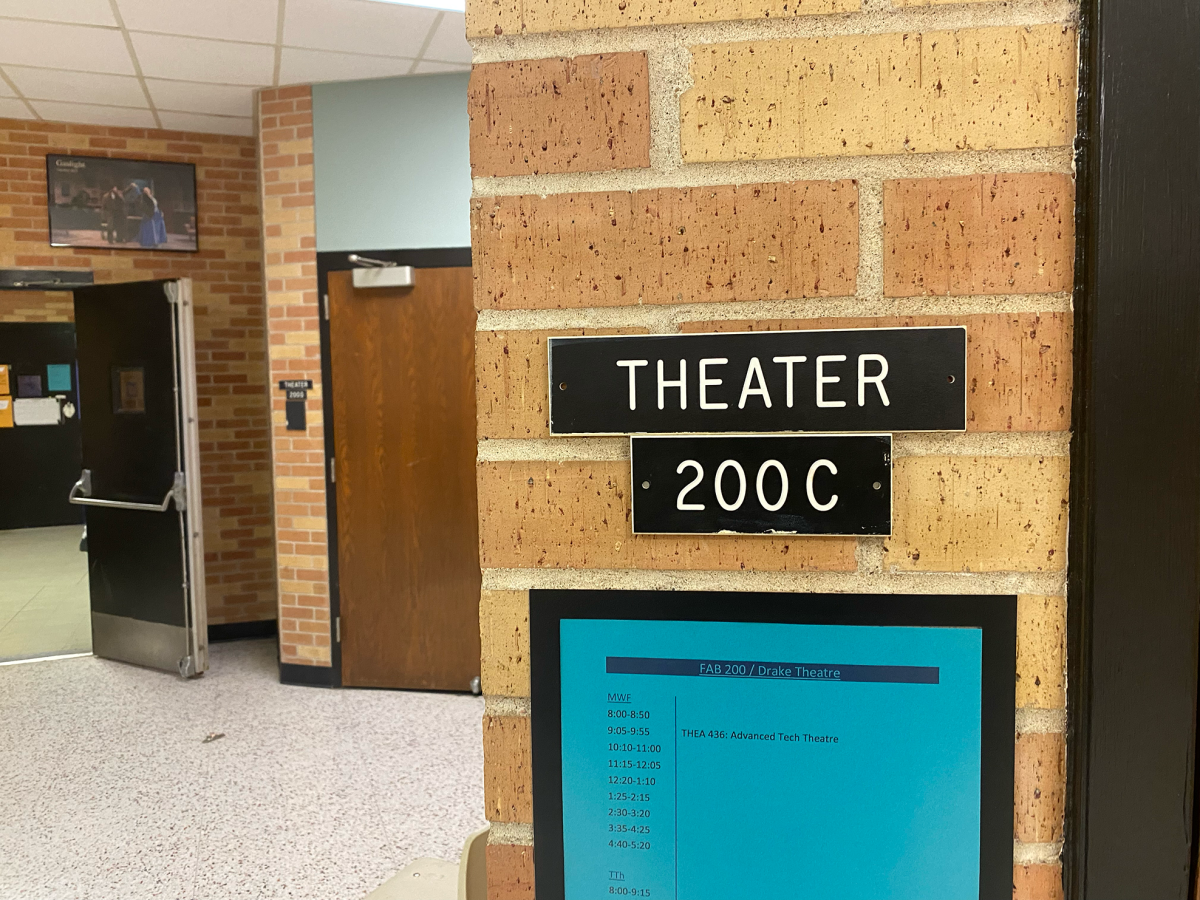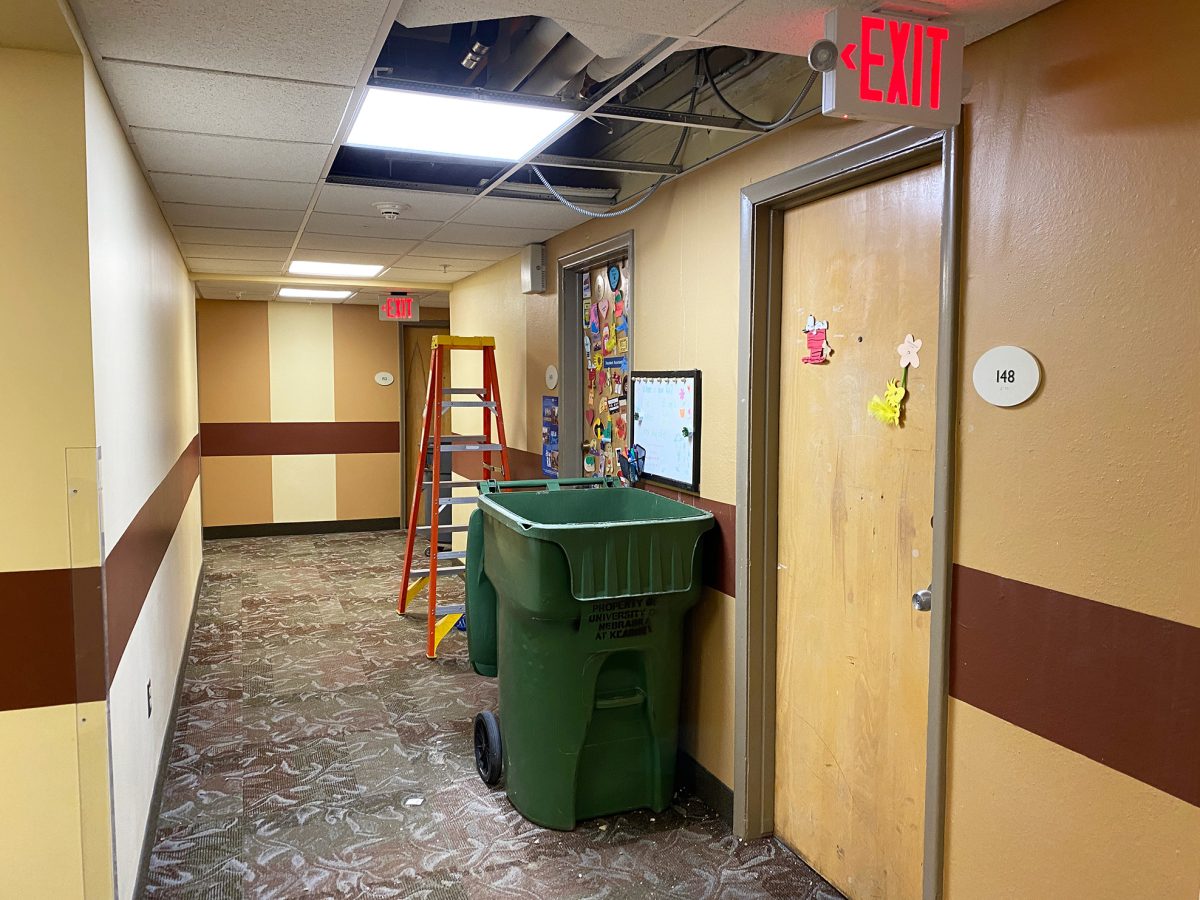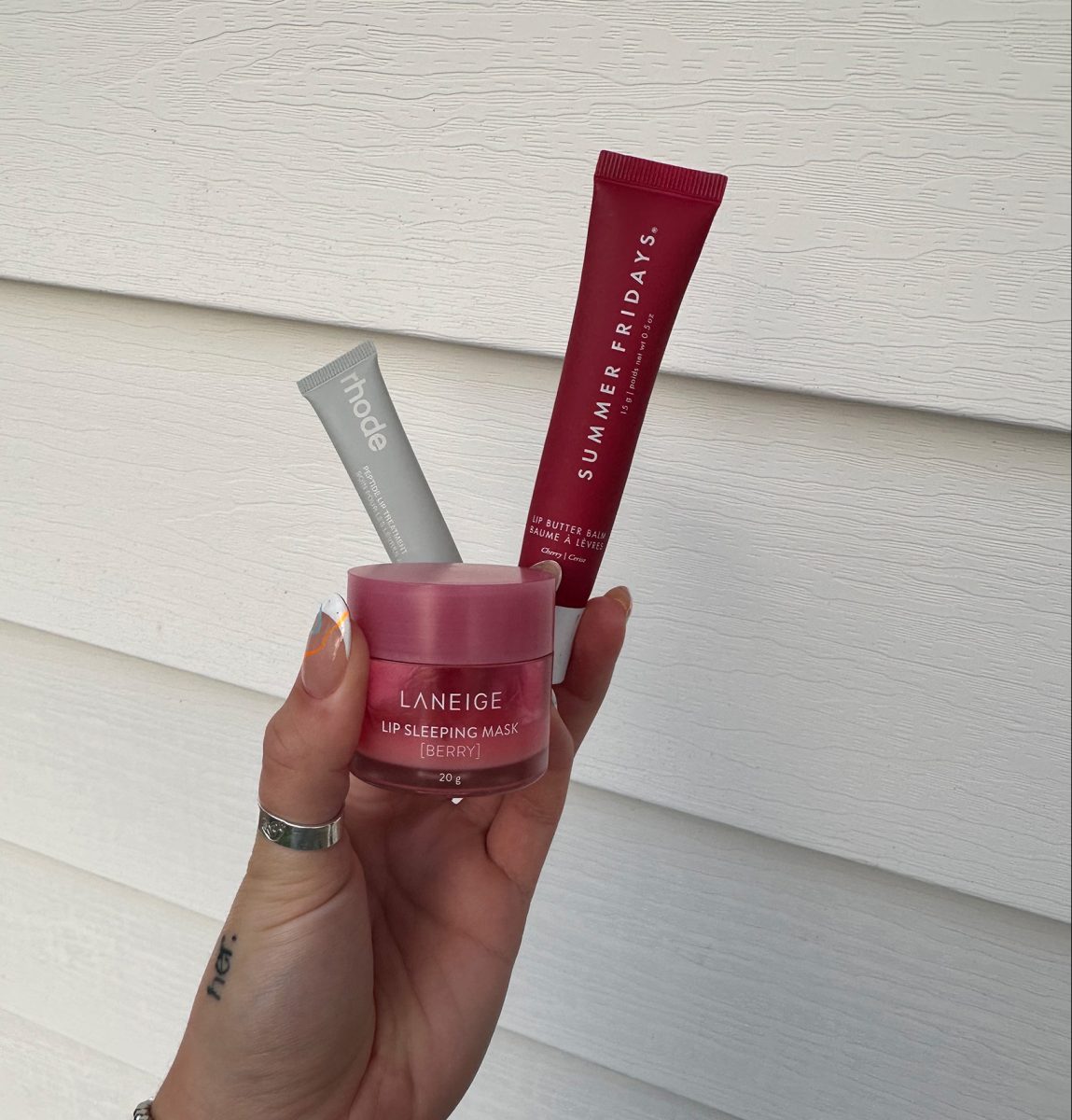ANTELOPE EDITORIAL
Ever since JUUL and similar easy-access vaping products hit the market, deliberation over nicotine products and addictions to them have surmounted. Such extremes as cities banning public vaping have taken affect, leaving young and seasoned adults alike wondering – what’s next?
Being for or against nicotine, specifically vaping products, in any regard is a split conversation. There are many who insist vaping has saved them from regular smoking tobacco, which is more harmful than separated nicotine.
Still, there are also those who claim they would never have become addicted to these products were they not made so easily accessible or the high nicotine content were so conspicuous – this specifically regarding young adults.
It has become clear that we are in the midst of a reoccurring nicotine pandemic – a different war on drugs. In efforts to first approach this concept, I took a poll with a focus on a college-aged demographic.
When given the statement and asked the question: “However discretely, caffeine and nicotine are both drugs and are also prevalent and openly used on college campuses – which is a more pressing matter?” 75 percent polled for nicotine and 25 percent voted for caffeine.
Again, while both of these drugs are discrete, they are used daily and by many on college campuses and habits of them typically form in high school or college and continue to progress afterward. These new trends show a generation addicted to nicotine, i.e. from 2017 to 2018 alone the number of college student using nicotine doubled, and this number continues to rise.
We have seen some changes, however. Federal law has raised the age to purchase these products to 21, and many Midwest dealers have started to abide by this. Again, we have also seen limits set on city levels or even specific locale. However, little has been done to cancel out this spread on high school and college campuses. While vaping or smoking has designated areas on college campuses, rules within residence halls or lecture halls have remained lax.
If nicotine is a problem worth addressing, it is time to split the demographic and focus on particular age groups and unique changes and consequences therein. Otherwise, the progress of nicotine addiction may simply continue. What can be done on this campus to limit – at least the spread of – this drug? To what point would bounds or privacy be overstepped?































